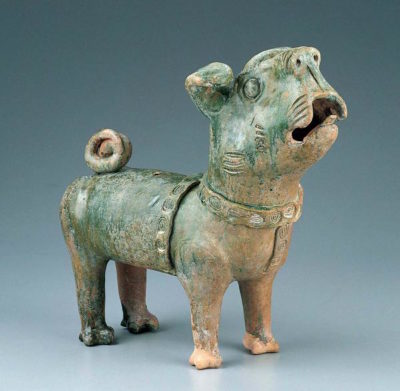
Are you a “parts person?”
It’s easy to become one. When studying dog structure, we often focus on learning about an individual part of the dog (especially if we’re struggling to fully comprehend that part), and before we know it, that part is all we see in other dogs. We lose sight of the fact that in evaluating and understanding dogs, one needs to look at the whole dog, and not just one part of him. Failure to remember this may have you admiring a dog for its outstanding (fill in the blank) while overlooking its miserable (fill in the blank). So by all means, learn about angulation or length of loin, but remember to take what you’ve learned and determine to understand how these parts work together.
Millions of words have been written to explain dog structure, and some of these are stand-out books that belong on every dog person’s shelf. In a format such as this, however, NPDD is better suited to offer snippets of information that encourage you to learn more about the topic. To wit: We were all set to explain the term,” hocks well let down,” when we realized that we wrote about this a while back. What we might have added then is that “short in hock” also means that the bones of the rear pasterns of the dog are comparatively short when compared to the bones of the dog’s lower thigh. Some experts feel that shorter rear pastern bones tend to come with shorter upper thighs, but longer lower thighs. One might desire short (or well let down) hocks in a dog that needs to travel long distances fairly quickly, but have a burst of speed when needed.
Image:” Standing Dog” from the Eastern Han dynasty (A.D. 25–220) c. 1st century A.D. appears in the Kimbell Art Museum.
